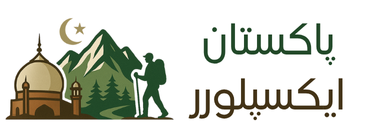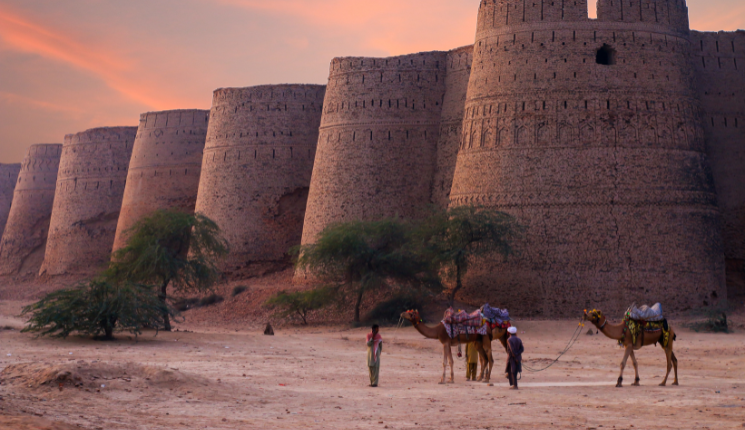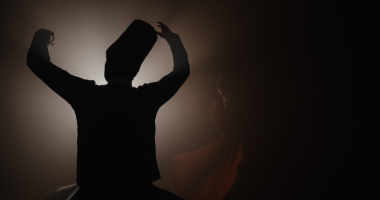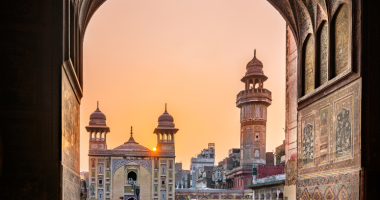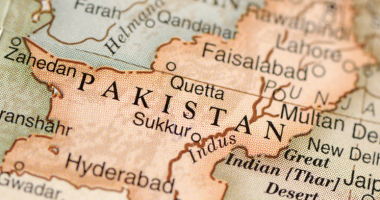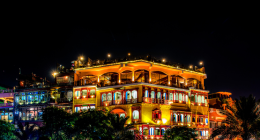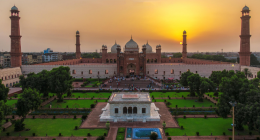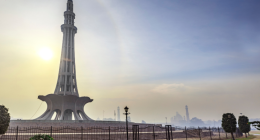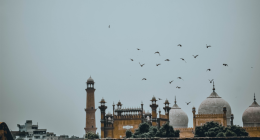Pakistan is not just about mountains and mangoes—it’s also a treasure chest of cultural traditions, rich folk tales, and handwoven magic. The Folk Heritage & Craft Trails in Pakistan connect the country’s most artistic regions, introducing visitors to a whole new side of travel: cultural storytelling. So, let’s take the scenic route through Pakistan’s folk crafts, age-old techniques, and vibrant artistry.
Discover Punjab’s Folk Heritage & Craft Trails
Punjab is often called the heart of Pakistan, and its folk heritage beats loud and proud. Cities like Lahore and Multan are buzzing with traditional music, hand-embroidered fabrics, and woodwork that dates back centuries.
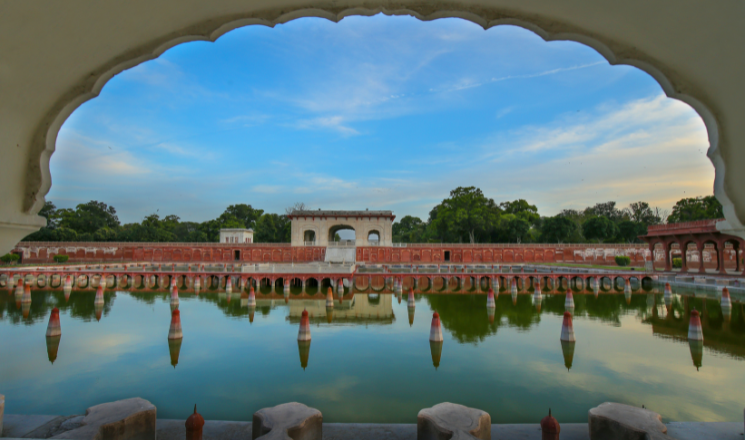
You can visit Lohari Gate Bazaar to find skilled artisans crafting handmade shoes, pottery, and musical instruments. Moreover, nearby towns like Chiniot boast breathtaking wood carving traditions still practiced today. The Shrine of Shah Rukn-e-Alam in Multan, surrounded by blue pottery vendors, is a perfect starting point for any cultural wanderer.
And guess what? These trails aren’t just about looking. You can join in. Take a pottery class, attend a folk dance session, or just have a cup of chai while listening to Sufi tunes.
Exploring Sindh’s Textile Craft Trails and Folk Heritage
Sindh is color on steroids. Its folk identity is deeply rooted in textiles, especially Ajrak and Sindhi embroidery. Visit Bhit Shah, the town of the great Sufi poet Shah Abdul Latif Bhittai, and you’ll find women weaving tales with their needlework.

The town of Hala is another cultural gem where you’ll witness the centuries-old art of Ajrak block printing. It’s not just an art form; it’s part of their daily wear, rituals, and pride. Nearby, Nasarpur offers khadi fabric and hand-loom weaving, giving you a glimpse into sustainable, slow fashion before it became a global trend.
If you’re lucky to visit during the Sindh Cultural Festival, you’ll be treated to folk music, puppet shows, and live craft stalls.
Balochistan’s Folk Heritage & Craft Trails Unveiled
Balochistan might be Pakistan’s least explored region, but it holds some of the country’s most intricate craft traditions. The mirror embroidery found in local dresses is nothing short of dazzling. Cities like Quetta and Zhob offer brilliant embroidery trails where each stitch reflects both heritage and identity.
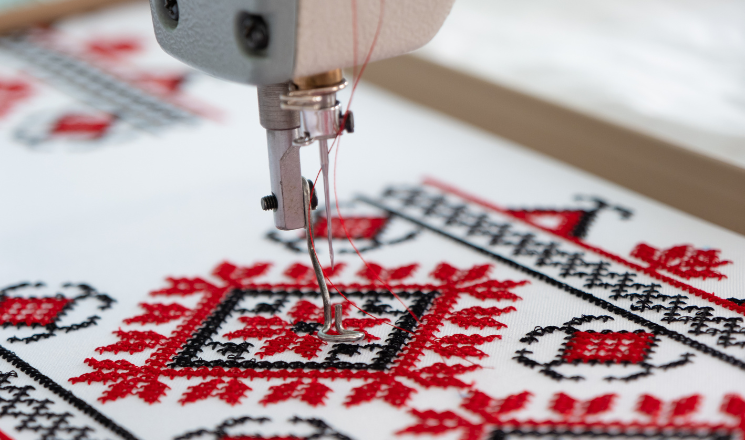
You’ll also find rug weaving and jewelry making, with silver designs rooted in tribal stories and ancient symbols. These items aren’t just decorative; they signify social status, marital status, and more.
Travel here isn’t just about seeing—it’s about sensing. You feel the earth in the clay pots, the rhythm in the looms, and the age-old stories in every embroidered border.
Mountain Folk Heritage & Craft Trails in Gilgit-Baltistan
The mountainous north isn’t just a paradise for trekkers; it’s also a treasure trove of folk art. In Gilgit-Baltistan, traditional crafts like woolen caps, stone jewelry, and hand-carved wooden homes are still made exactly as their ancestors did.
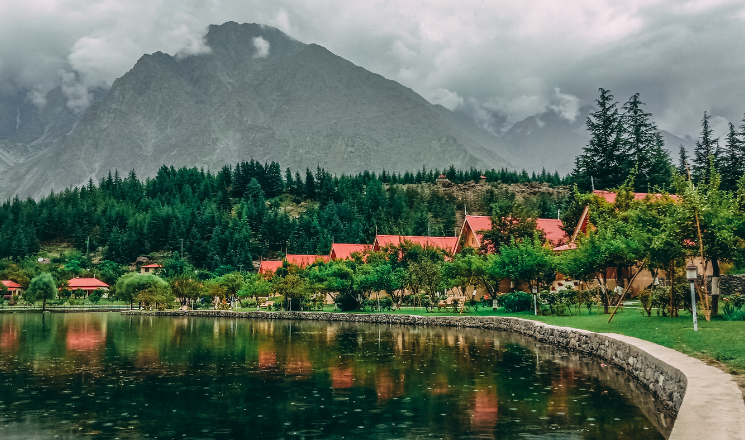
For example, in Hunza, women come together during the long winters to knit warm wool garments using locally sourced sheep’s wool. Meanwhile, Skardu is known for its delicate turquoise jewelry and beautifully carved utensils that blend both function and artistry.
Thanks to the region’s remoteness, many of these traditions have been wonderfully preserved. When you visit during vibrant events like the Ginani Festival, you get to experience traditional music, dances, and colorful handcrafted costumes in all their glory.
Khyber Pakhtunkhwa’s Cultural Craft Secrets
Khyber Pakhtunkhwa (KP) is a region where craft meets storytelling. Known for truck art, Peshawari chappals, and woven shawls, KP’s artisans are fiercely proud of their roots.
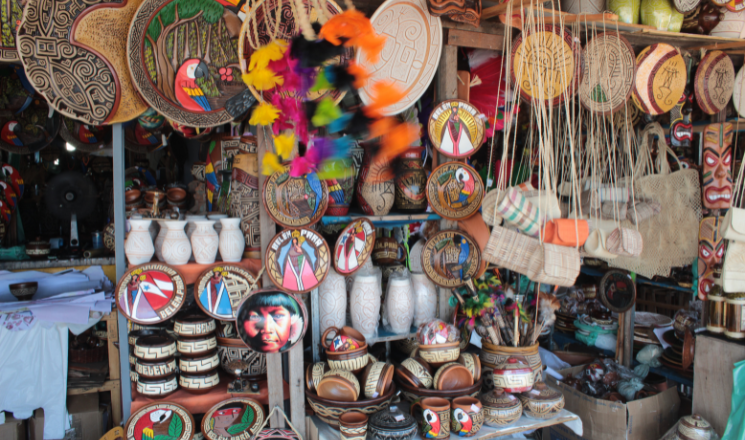
In Peshawar’s Qissa Khwani Bazaar, you can find hand-painted kettles, bright home decor, and rugs with tribal motifs. Just outside the city, in Swat and Dir, women weave stunning wool shawls and cross-stitch patterns.
While exploring the region, don’t skip Kalash Valley. Here, the Kalash people still wear beaded headdresses and handcrafted dresses daily. Their folk dances and craftwork are like stepping into a live museum.
Museums & Festivals Celebrating Heritage
To understand Pakistan’s folk heritage in one place, visit Lok Virsa Museum in Islamabad. It’s a celebration of all things traditional. Every year, they host the Lok Mela, where artisans from all provinces gather to showcase their skills.
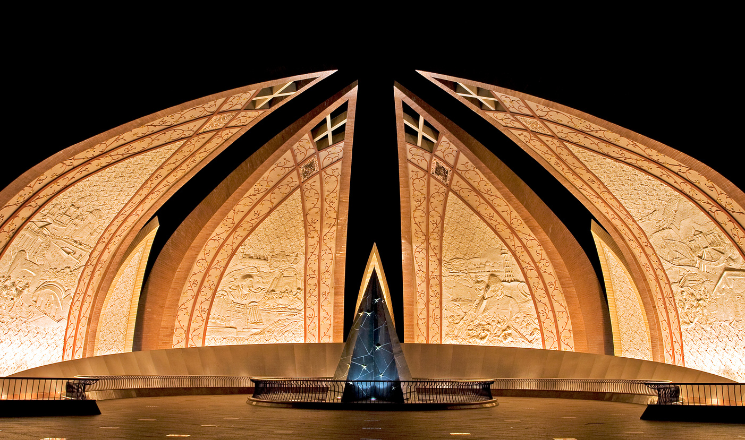
Another must-visit is the Heritage Museum in Lahore Fort, which houses centuries-old textiles, jewelry, and pottery. Festivals like the Shandur Polo Festival or Cholistan Jeep Rally also have cultural stalls worth exploring.
These events do more than entertain. They help revive fading arts, offer young artists a platform, and inspire pride in the country’s roots.
Useful Travel Tools for Craft Trails
To plan your own craft trail adventure, use these tools and apps:

- Google Maps: Mark artisan hubs like Hala, Chiniot, and Kalash Valley
- Instagram: Follow hashtags like #PakistaniCrafts or #AjrakLovers for hidden gems
- CultureTrip: Find blogs and tours on lesser-known folk spots
- TripIt: Organize your route, festivals, and stay
Bonus Tip: Download local language packs or translators so you can communicate with artisans directly—they always have the best stories.
Why Folk Heritage Trails Matter
These trails aren’t just travel itineraries. They are bridges between generations. They preserve not just objects, but values, techniques, and human stories. Craft trails support local economies, especially for women and minority communities.
They also make your trip unforgettable. Instead of souvenir keychains, you bring back a story, a smile, a memory etched in thread or wood.
By visiting these areas, you help keep the heritage alive—and that’s a meaningful souvenir.
Final Thoughts on Pakistan’s Cultural Trails
The Folk Heritage & Craft Trails of Pakistan are more than just destinations—they are cultural lifelines. They connect past to present, rural to urban, and tradition to innovation.
Whether you’re wandering through the narrow lanes of Multan’s bazaars, admiring intricate Ajrak designs in Sindh, or sharing stories with Kalash artisans, you’re doing much more than sightseeing. You’re participating in the preservation of identity, creativity, and community.
Importantly, these experiences stay with you. You might forget the dates or directions, but you’ll never forget the colors of a handwoven shawl, the sound of a folk instrument in the mountains, or the warmth of a craftsman’s smile.
So, the next time you plan a trip, skip the malls and motorways. Take the trail instead—the Folk Heritage & Craft Trail, that is. You’ll find history in every thread, and soul in every stitch.
